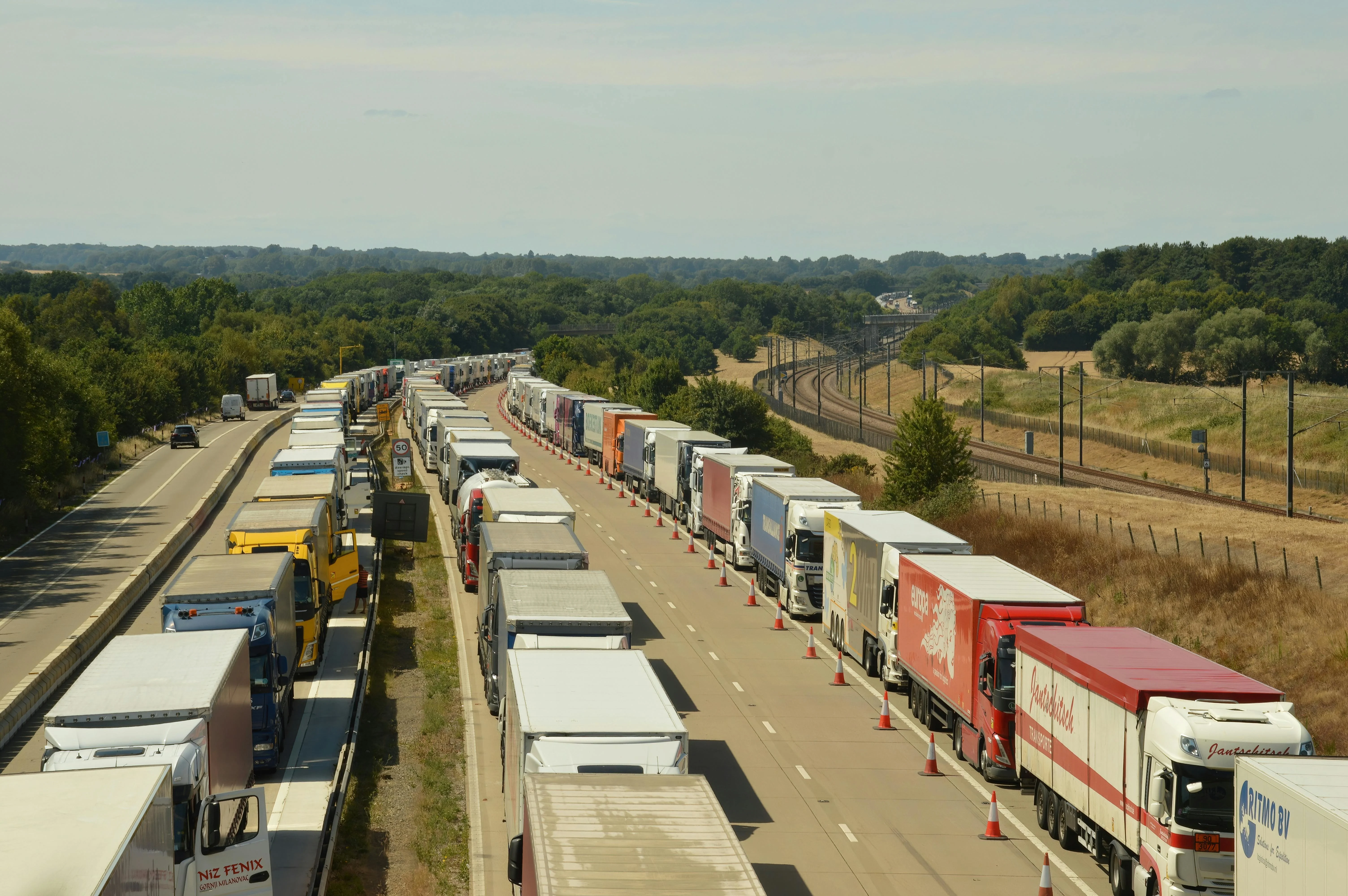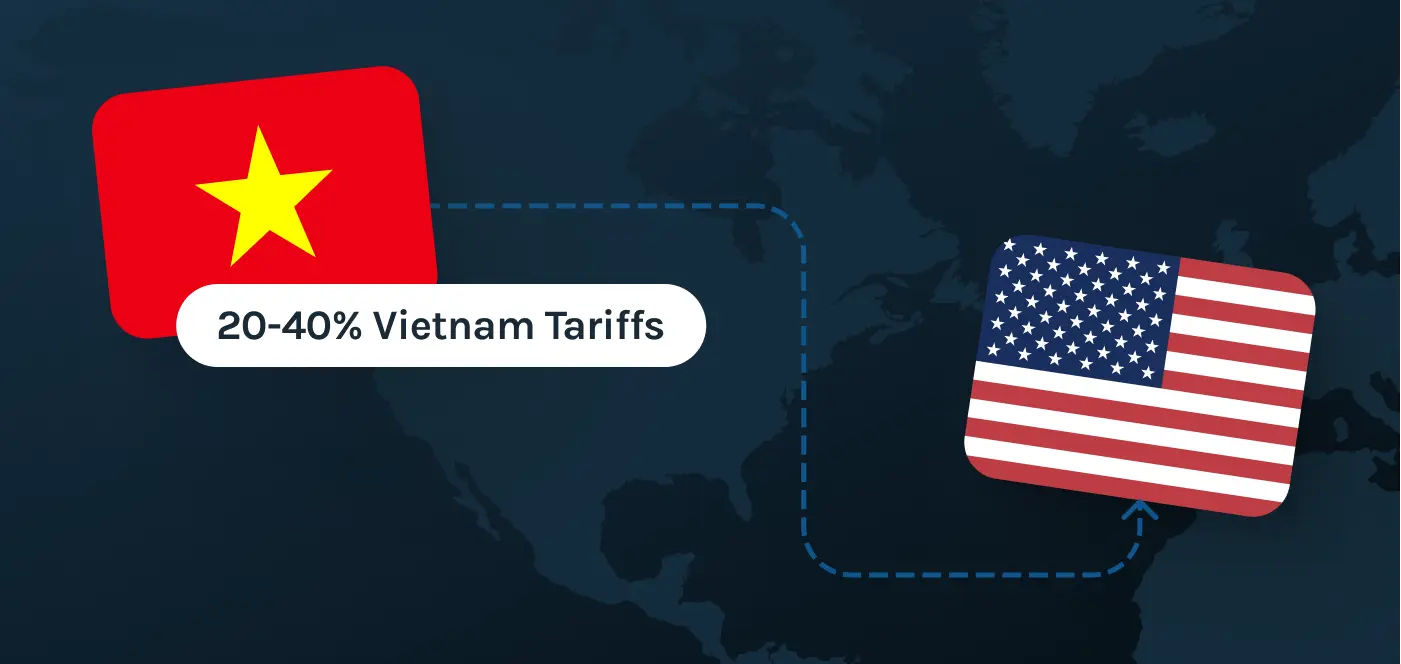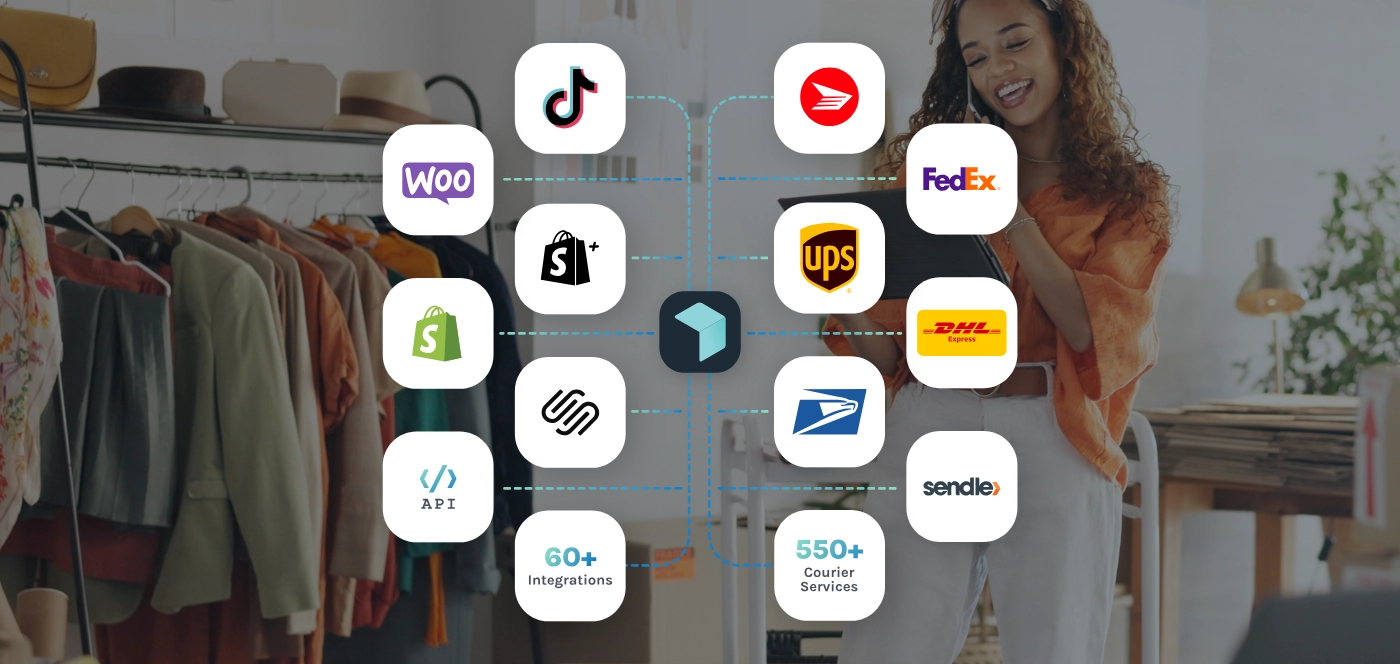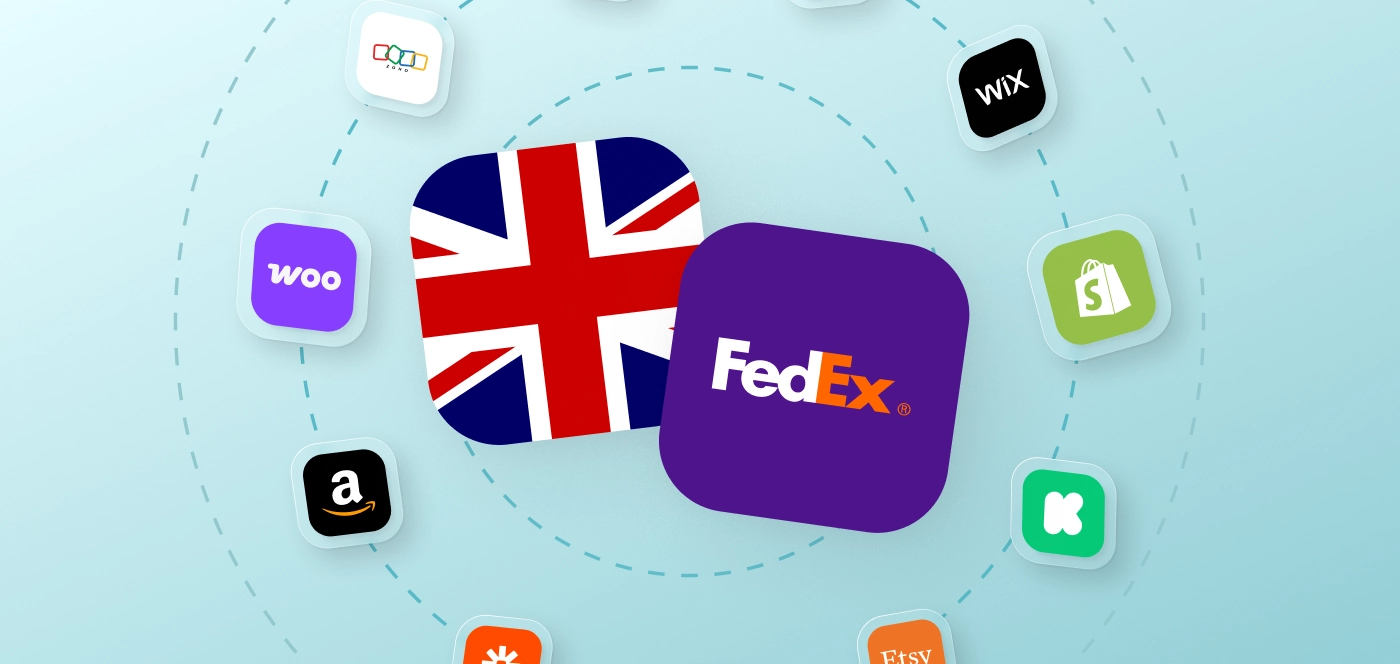The new tariff on Canada, imposed by President Donald Trump, raised duties on non-CUSMA compliant Canadian goods from 25% to 35%. Many online sellers and retailers are wondering: what does the tariff mean for Canada and what happens next?
This guide will break down the new tariff rates, how they affect eCommerce shipping, and what your business can do to avoid paying applicable duties on goods imported to the U.S.
Why Did the U.S. Raise Tariffs on Canadian Goods to 35%?
On August 1, 2025, President Trump signed an Executive Order increasing applicable tariffs on certain Canadian products. This action was taken during a national emergency related to the trafficking of illicit drugs like fentanyl and other illicit drugs across the northern border.
The White House claimed that Canada had failed to address the flow of illegal drugs, and the Trump administration decided to hold Canada accountable through higher trade penalties.
This policy is part of a broader trade policy push by the U.S. to reduce the trade deficit and secure border protection.
Which Canadian Products Are Affected by the 35% Tariff?
According to the federal government, most Canadian exports are exempt because they qualify under CUSMA. However, the 35 percent tariff applies to goods that:
- Are not made primarily in Canada, Mexico, or the U.S.
- Fail the certification process required for CUSMA compliance
- Are goods transshipped through other countries to avoid detection
- Include components or materials from several countries like China, South Korea, or the European Union
For example, electronics made in western Canada using imported chips from Asia may fall outside of CUSMA and face the new tariff.
If you sell custom screwdrivers made with metal sourced from China, they may not qualify for CUSMA. You could now be paying 35% duty just to get that product into the U.S.
How Do These Tariffs Affect Canadian eCommerce and Retail Businesses?
The tariff on Canada affects profitability and competitiveness. Even though the lowest average tariff rates still apply to CUSMA-compliant goods, many SMEs don’t know if their items qualify.
If your business relies on auto parts, steel screws, or mixed-component items, you may now be paying applicable tariffs that weren’t there before.
This hurts small business owners who don’t have year-round compliance staff or trade consultants on hand.
What About Other Tariffs on Canadian Exports?
Here’s a full snapshot of current U.S. tariff rates:
| Item Type |
Tariff Rate |
Notes |
| Non-CUSMA compliant goods |
35% |
Applies to many consumer products |
| Goods transshipped |
40% |
Includes rerouted goods |
| Steel imports |
50% |
Sectoral tariff in place |
| Aluminum products |
50% |
Includes raw and processed materials |
| Automobiles (non-U.S. made) |
25% |
Does not apply to auto parts |
| Copper goods |
50% |
Pipes and wiring; ores are exempt |
| Low-value shipments (de minimis) |
Subject to full |
$800 limit removed; duties now apply |
How Can I Lower My Shipping Costs Despite These Tariffs?
By making use of the best tech and automation services, you can maintain your profitability even in uncertain times like these. Using a shipping automation platform can significantly help your business efficiency. Here's how:
- Real-time rate comparisons from 550+ carriers
- Pre-negotiated courier discounts of up to 91%
- Automatic customs paperwork creation to reduce errors
Easyship Case Study: Mojito Studios
Mojito Studios, an eCommerce brand specializing in unique hand fans, used Easyship to manage shipping from Hong Kong to global customers — including the U.S. and Canada. By tapping into Easyship’s multi-carrier dashboard, they reduced shipping costs and improved delivery times without hiring more staff.
By streamlining fulfillment and automating tax calculations, Mojito Studios avoided delays at customs and protected its margins — even when shipping into tariff-impacted regions.
What Is Transshipment and Why Does It Trigger a 40% Tariff?
Transshipment is essentially when a product is shipped to a country through a different country. In this case, it means that if a product is reaching the US from Canada with another country as the middle stop, it will incur a higher transshipment tariff.
To impose tariffs more effectively, the U.S. added a 40% penalty on goods transshipped through other regions. If a company ships an order through Mexico to avoid direct Canada-U.S. duties, it will face this higher tariff.
Border enforcement now checks supply chains more closely. If you run a fulfillment center in another country, double-check your route to avoid triggering extra penalties.
Real-World Impact:
If you’re a Shopify seller sourcing t-shirt fabrics from India but sewing in Toronto, you may find that the final product doesn’t qualify. Your U.S. orders could now come with a 40% import fee, making the price unattractive to American customers.
To curb these issues, you could look into partnering with a US-based 3PL fulfillment center. Having a warehouse based in the US can help reduce overall shipping costs.
Tip for Sellers:
If your goods are fully made in Canada, you're likely safe. But if you import parts from China, India, or Europe, you may need to rethink your supply chain or certify your compliance.
How Can Small Businesses Stay Compliant with CUSMA?
Here’s a step-by-step guide to avoid the new tariff rates:
- Audit your supply chain and goods imported
- Contact Canada Border Services Agency (CBSA) for classification help
- Work with a customs broker or use a shipping tool like Easyship
- Store detailed records of all materials and manufacturing steps
These steps reduce your exposure to surprise applicable duties at the border.
How Is Canada Responding to the U.S. Tariffs?
In response to the US tariffs, Canadian tariffs now apply to over $60 billion in U.S. goods. These retaliatory tariffs are proportional to the tariffs from the US.
The federal government also added:
- 25% tariffs on U.S. vehicles that are not CUSMA-compliant
- Tariffs on steel and aluminum entering Canada
- Exemptions for auto parts and vital public goods (like food or medical equipment)
Provinces across rural and dense areas have introduced local counter-tariffs, intensifying the Canada-U.S. trade war.
What Does This All Mean for the Future of Cross-Border Trade?
These tariff hikes—like when Trump threatened duties on certain goods—are reshaping how small brands do business.
The rise of super labs and nitazene synthesis labs in Canada added a national security dimension to trade decisions. The Trump administration used this to justify wide-reaching actions affecting imports from Mexico, Canada, and other countries.
For eCommerce, this means more complexity — but also a chance to become more agile.
McKinsey Insight:
According to a 2024 McKinsey Global Institute report, companies that proactively adjusted their supply chains saw 30% better margin protection during trade disruptions.
Final Thoughts
So, what does the tariff mean for Canada?
It means that non-compliant goods now face higher costs, and sellers must be more strategic. But it also means there’s opportunity for smart businesses that adapt early and leverage tools like Easyship to stay competitive.
Shipping doesn’t need to be complicated. When you understand the rules, use the right tech, and keep your products compliant, you can keep growing — even in a tough market.
Get Started with Easyship
Ready to simplify cross-border shipping and cut courier costs? Try Easyship now and get access to exclusive rates, faster fulfillment, and global logistics tools — no coding required.
Frequently Asked Questions (FAQ)
What does the tariff mean for Canada in 2025?
It means that Canadian goods that don't comply with CUSMA now face a 35% U.S. import duty. This affects a small percentage of exports but can significantly impact profit margins for eCommerce businesses.
Are all Canadian exports affected by the 35% tariff?
No. About 95% of Canadian exports to the U.S. are CUSMA-compliant and remain tariff-free. The new tariff mainly applies to non-compliant goods or items transshipped through other countries.
How do I know if my product is CUSMA-compliant?
You’ll need to verify your product’s origin, material sourcing, and production process. The Canada Border Services Agency (CBSA) or a customs broker can help classify your goods correctly.
What happens if my goods are transshipped?
If your product is routed through another country to avoid duties, U.S. Customs may apply a 40% transshipment tariff. Accurate routing and documentation are essential.
Can I lower shipping costs despite these new tariffs?
Yes. Using a platform like Easyship gives you access to discounted courier rates, automated customs forms, and faster fulfillment options to offset costs from duties and tariffs.















































.svg)
.svg)






.avif)
.avif)

.avif)
.avif)


.avif)


.avif)







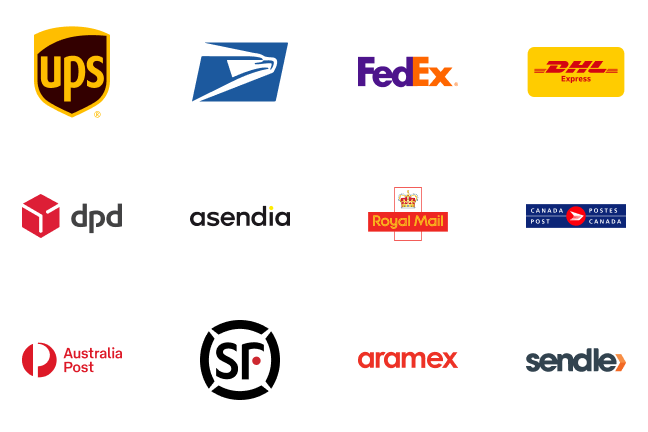
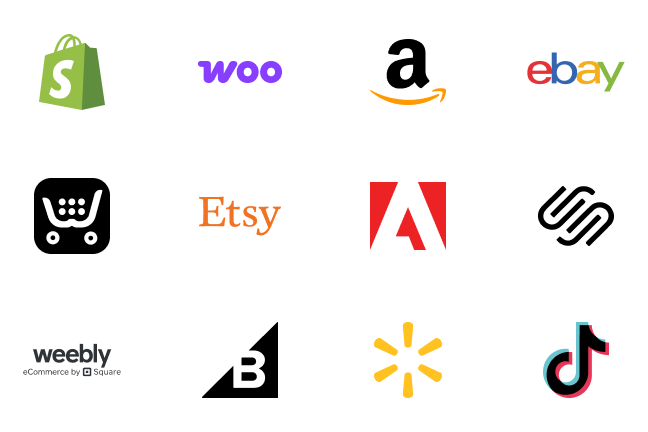

.avif)
.avif)



.avif)
.avif)


.avif)
.avif)


.avif)


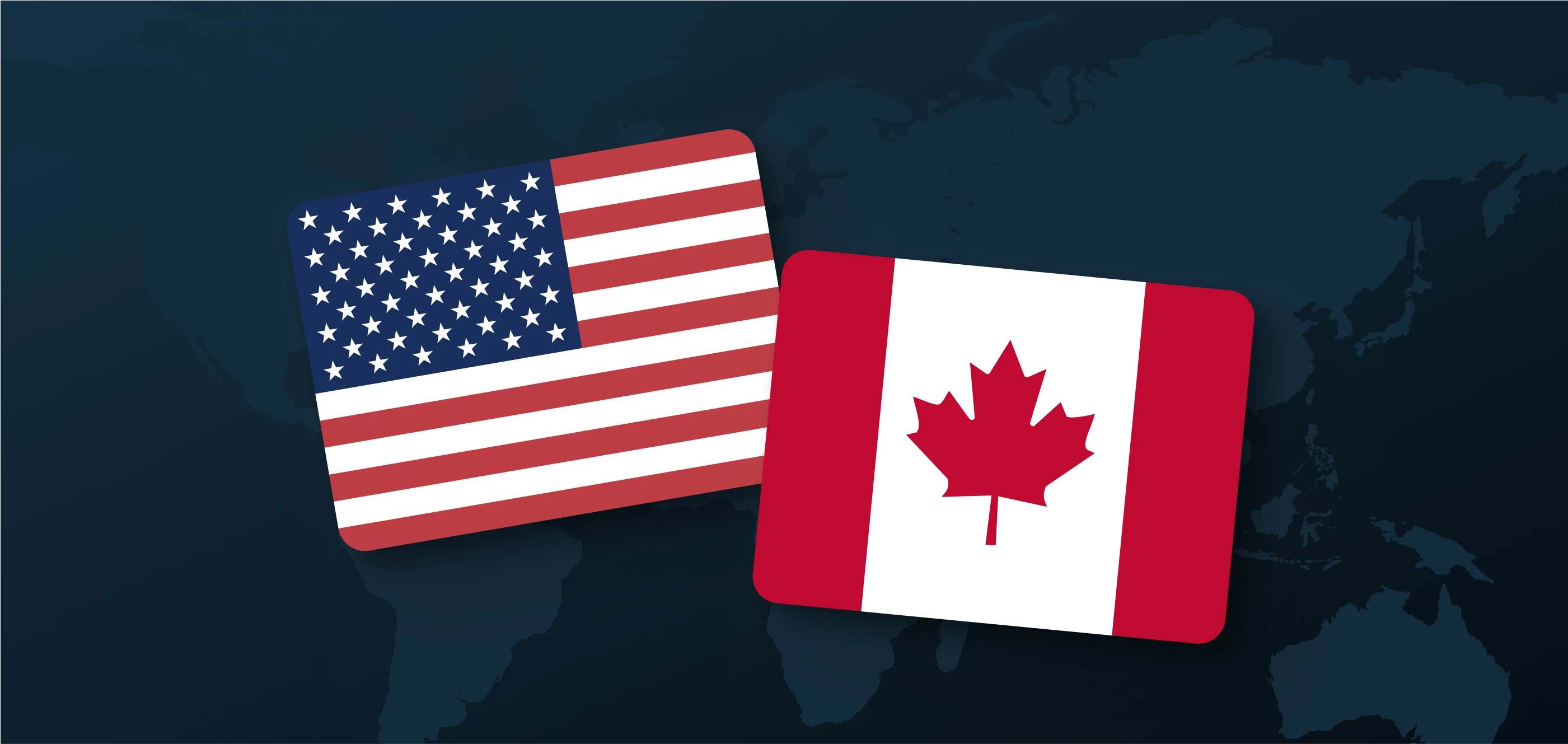


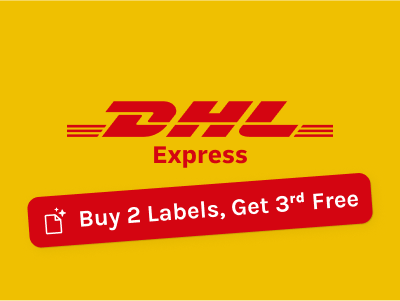





.svg)





